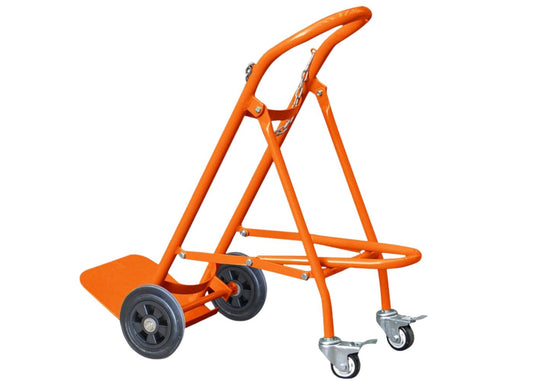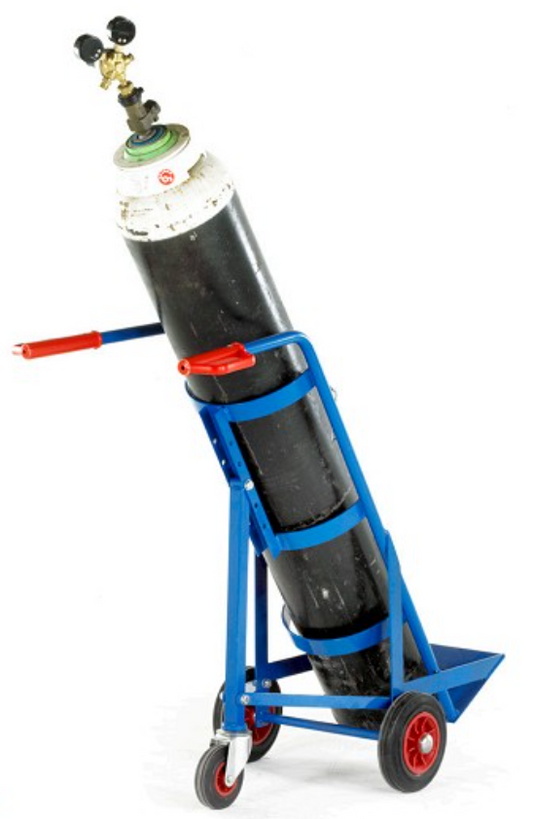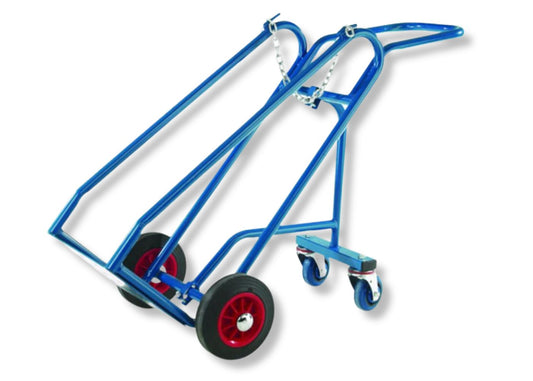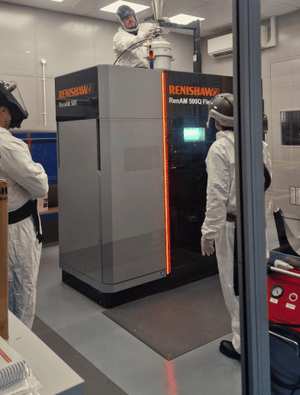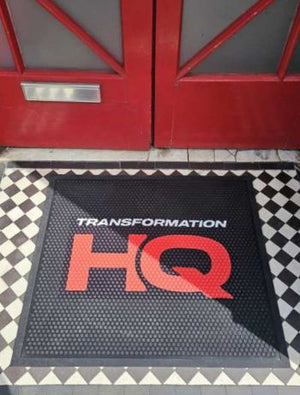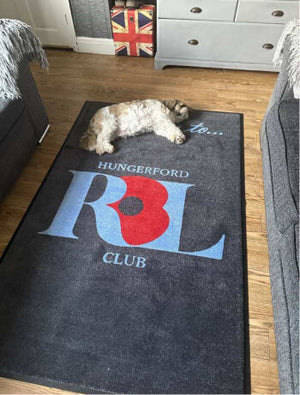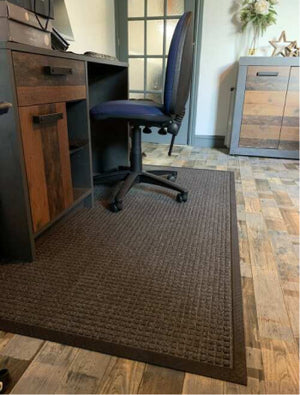Rated “Excellent” on
Gas Cylinder Trolleys
Explore our Gas Cylinder Trolleys collection, designed for the safe and efficient transport of pressurised gas bottles. Built from durable, corrosion-resistant steel, these trolleys feature secure restraints, ergonomic handles, and puncture-proof wheels for smooth mobility. Available in single, tandem, and multi-cylinder models, they provide a reliable solution to enhance safety and productivity in industrial and commercial settings.






